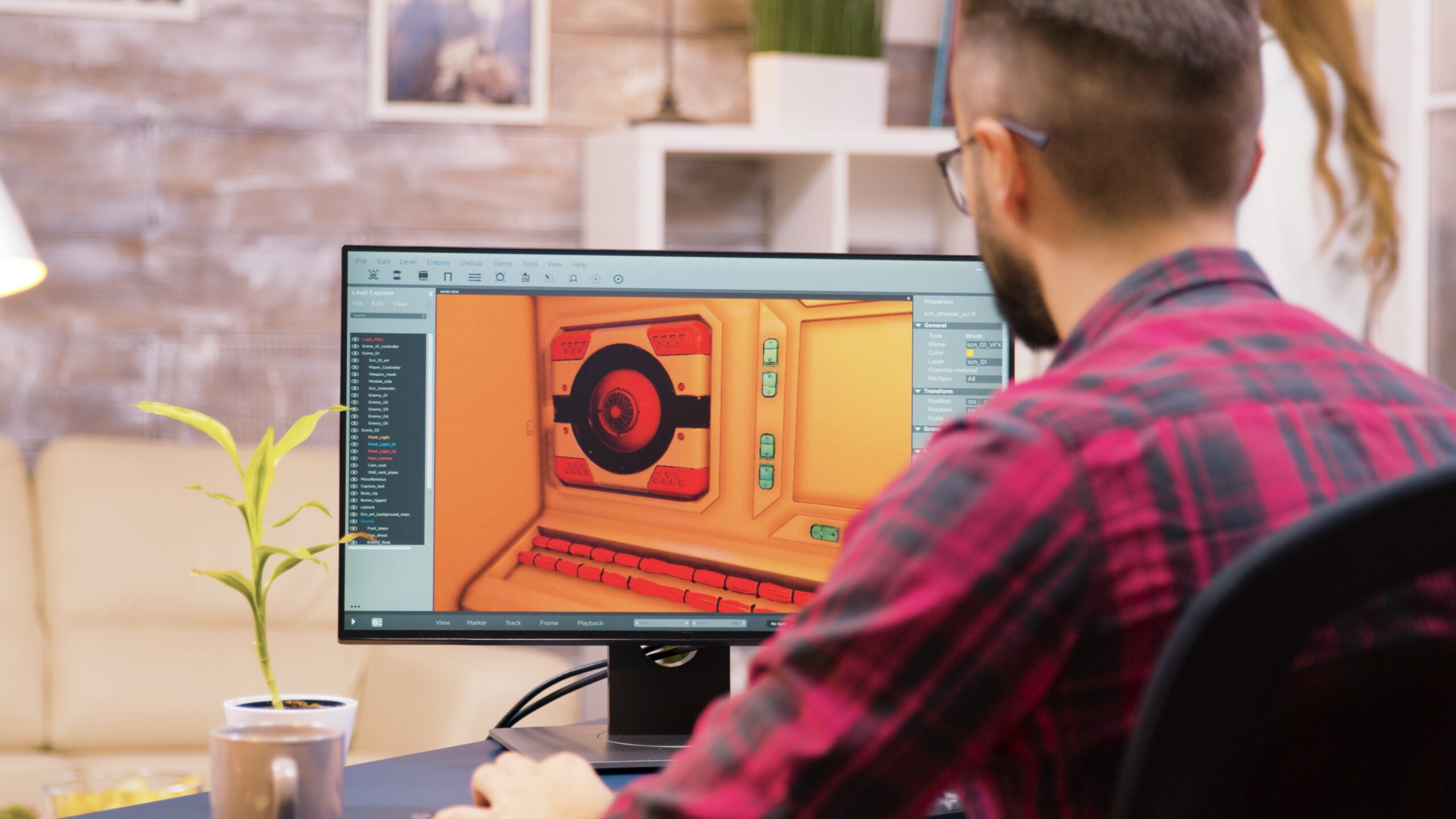In the world of animation, creating a unique style guide is essential for setting your work apart and establishing a cohesive visual identity. Whether you’re a seasoned animator looking to refine your approach or a newcomer eager to make your mark in the industry, developing a distinctive animation style guide can elevate your work to new heights.
In this comprehensive guide, we will explore the key steps and considerations involved in crafting a unique animation style guide that resonates with your audience and showcases your creative vision.
Define Your Creative Vision
Before diving into the specifics of your animation style guide, it’s crucial to define your creative vision. What themes, motifs, and visual elements inspire you? What emotions do you want your animations to evoke? By clarifying your creative vision, you can establish a clear direction for your style guide and ensure that your animations reflect your unique perspective.
Research and Inspiration
Research is a crucial component of developing a unique animation style guide. Explore a wide range of animation styles, from traditional hand-drawn animation to cutting-edge 3D techniques. Draw inspiration from a variety of sources, including art, film, and graphic design. By immersing yourself in diverse influences, you can cultivate a rich visual language that informs your style guide.
Establishing a Visual Identity
A strong visual identity is the cornerstone of an effective animation style guide. Consider elements such as color palettes, typography, and character design that will define the look and feel of your animations. Experiment with different visual styles and techniques to find a unique aesthetic that resonates with your audience.
Consistency is Key
Consistency is essential when developing an animation style guide. Ensure that all elements of your animations, from character design to background art, adhere to your established visual identity. Consistent use of color, shape, and composition will create a cohesive look that reinforces your brand and captivates viewers.
Typography and Motion Graphics
Typography and motion graphics play a significant role in animation style guides. Choose fonts that complement your visual style and enhance the overall aesthetic of your animations. Experiment with kinetic typography and dynamic motion graphics to add depth and dimension to your work.
Animation Techniques and Tools
Mastering animation techniques and tools is essential for bringing your style guide to life. Whether you prefer traditional frame-by-frame animation or cutting-edge digital software, familiarize yourself with a variety of techniques to enhance your storytelling capabilities. Explore the potential of 2D and 3D animation to create dynamic, engaging visuals that captivate your audience.
Feedback and Iteration
Seeking feedback from peers and mentors is a valuable part of the creative process. Share your animation style guide with trusted colleagues and collaborators to gather insights and suggestions for improvement. Embrace constructive criticism as an opportunity to refine your style guide and elevate the quality of your animations.
Showcasing Your Work
Once you have developed a unique animation style guide, it’s time to showcase your work to the world. Create a portfolio or demo reel that highlights your best animations and demonstrates your creative vision. Share your work on social media platforms and professional networking sites to attract potential clients and collaborators.
Continuing Education and Growth
The animation industry is constantly evolving, with new technologies and trends shaping the way we create and consume content. Stay informed about the latest developments in animation and seek out opportunities for continuing education and professional growth. Consider enrolling in workshops, seminars, or online courses to expand your skills and stay ahead of the curve.
Embracing Your Unique Style
Above all, remember to embrace your unique style and creative voice. Developing a distinctive animation style guide is a journey of self-discovery and artistic exploration. Stay true to your vision, experiment with new techniques, and push the boundaries of your creativity to create animations that resonate with audiences and leave a lasting impression.
Conclusion
By following these tips and guidelines, you can develop a unique animation style guide that sets your work apart and establishes you as a visionary in the industry. Whether you’re a seasoned professional or a budding animator, honing your style guide is a rewarding process that can elevate your animations to new heights of creativity and innovation.
Key Takeaways:
- Define your creative vision to establish a clear direction for your animation style guide.
- Conduct thorough research and draw inspiration from diverse sources to cultivate a rich visual language.
- Establish a strong visual identity through elements like color palettes, typography, and character design.
- Maintain consistency in all aspects of your animations to create a cohesive look that resonates with your audience.
- Experiment with typography and motion graphics to enhance the aesthetic appeal of your animations.
- Master a variety of animation techniques and tools to bring your style guide to life.
- Seek feedback from peers and mentors to refine your style guide and improve the quality of your animations.
- Showcase your work through portfolios and social media to attract potential clients and collaborators.
- Stay informed about industry trends and consider continuing education to expand your skills and stay competitive.
- Embrace your unique style and creative voice to create animations that leave a lasting impression.
For further professional development in the animation industry and to enhance your skills, consider enrolling in the NYU Animation Industry Essentials online course and certificate program offered by Yellowbrick. This program can provide valuable insights and practical knowledge to help you excel in the dynamic world of animation.




